Prices for imports still high as dollars drop
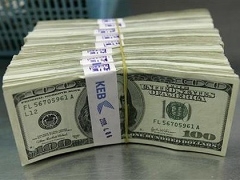 |
Meanwhile, many tourism companies have replaced the dollar with the Vietnamese dong to quote prices for their services.
Vu Duy Hai, chairman and general director of Vinacam Joint Stock Company, said many fertilizer importers had to buy less fertilizer for stocking when the dollar price soared, sometimes to nearly VND22,000, and the loan interest rates were high.
According to Hai, importers now cannot make up for the price disparity. The import price of urea fertilizer has rocketed from $380/tonne a month ago to $420/tonne now and the import price of potash is expected to escalate from $460/tonne to $510/tonne.
The director of a food importing company said his company could not lower the domestic selling prices due to the strong increase of import prices. Chicken wings, according to him, are now imported at $2,250/tonne, a 20 per cent hike compared with mid-February.
The company’s selling prices are over 10 per cent higher than its selling prices in mid-February although it has enjoyed a 5 percent dollar price drop and the 3-4 per cent fee exemption from the exporters.
The abovementioned director also said it would take about three weeks to cut the domestic selling prices of imported food products after the dollar price starts to fall.
This is because the company has to buy dollars to make payments and needs about the same duration to complete customs procedures and conduct food hygiene and safety checks, and depends on wholesale distributors.
Another food importer said his company usually has to buy dollars at the unofficial (black) market’s rate, sometimes at VND22,000 for one dollar. The company has bought dollars at VND20,800 each to pay for its latest shipment.
The price difference helps the firm save VND2.5-2.7 million ($120-130)/tonne . When the shipments imported at the rate of $20,800/VND1 are sold on the domestic market, the company will reduce the selling prices on the basis of the exchange rate disparity.
Prices listed in local currency
Many travel companies encourage their clients to pay them in Vietnamese dong for benefit’s sake when the dollar price goes down every day. They will adopt the buying prices of banks at about VND20,600 for a dollar if they receive the payment in dollars.
At many tourism companies, customers are also advised to use the Vietnamese money to pay for tours of Asia and Europe. These companies also maintain their selling prices in Vietnamese dong, so customers will incur a loss if paying in dollars because the exchange rate drops continuously.
Many companies replace the dollar price list with a Vietnamese price list. This is rare because businesses previously often gave priorities to customers that paid in dollars and applied the unofficial market’s exchange rate.
Similarly, at companies that trade electric appliances and electronics, the prices of goods are jumping down every day as they are quoted in dollars. To minimize risks, these companies use the unofficial market’s dollar selling price at the beginning of a day as their selling prices.
An employee at an electronics shop on Nguyen Thi Minh Khai Street (District 1, Ho Chi Minh City) said the exchange rate for April 25 was about VND20,800/$1 and that the company would not adjust selling prices if the dollar price descended within the same day.
The dollar goes on dropping
On April 27, many banks continued to lower the dollar’s selling prices. The Vietnam Export Import Bank’s selling price at the end of the day was VND20,675, a VND5 drop from the morning.
Meanwhile, the Asia Commercial Bank and the Joint Stock Commercial Bank for Foreign Trade of Vietnam cut selling prices to VND20,670. The dollar’s buying prices listed at banks ranged from VND20,570 to VND20,580, down by VND20-30 from the beginning of the day.
During last week, banks’ dollar selling prices decreased by VND265. On the unofficial market, the dollar was bought at nearly VND20,500 and sold for about VND20,700.
What the stars mean:
★ Poor ★ ★ Promising ★★★ Good ★★★★ Very good ★★★★★ Exceptional
 Tag:
Tag:
Related Contents
Latest News
More News
- Malaysia's Solarvest and Finhero launch first solar financing fintech solution in Vietnam (November 22, 2024 | 19:50)
- SHB honoured at VLCAs for fourth time (November 22, 2024 | 19:08)
- Central Bank of Cuba chief visits Hanoi to work with VBSP (November 22, 2024 | 15:49)
- Credit sees steady growth towards year-end (November 21, 2024 | 17:46)
- HDBank wins three titles at Vietnam Listed Company Awards (November 21, 2024 | 10:01)
- VLCA’s corporate governance mission (November 21, 2024 | 10:00)
- The promotion of ESG via banking (November 21, 2024 | 09:32)
- Standard Chartered committed to Vietnam’s financial success (November 21, 2024 | 09:24)
- Full ESG adoption the priority for Agribank (November 21, 2024 | 09:07)
- Banks entice youth with tech advances (November 21, 2024 | 08:00)








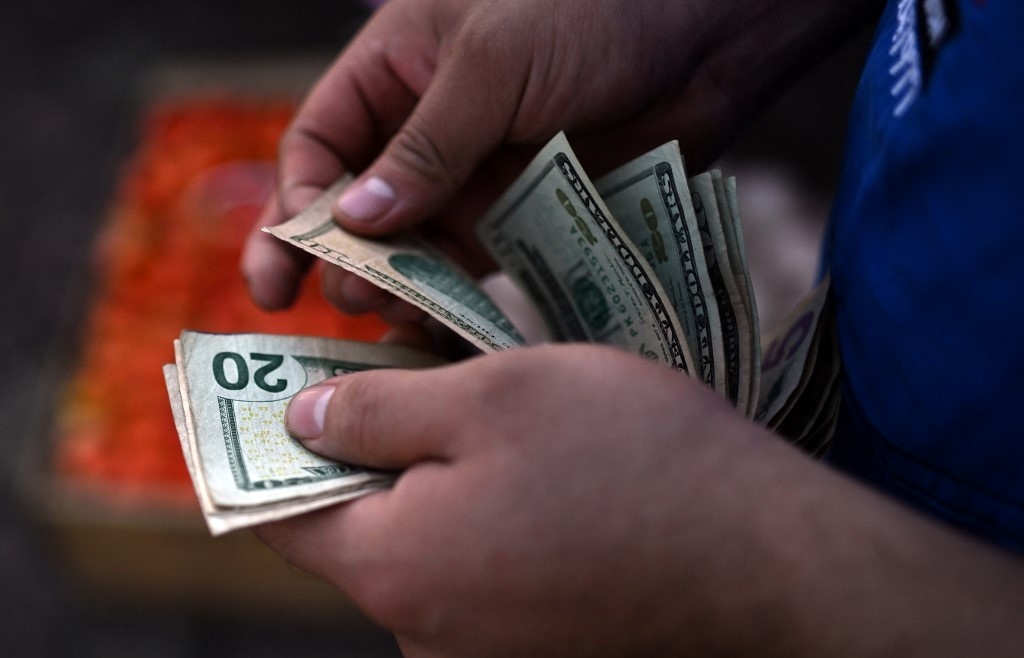


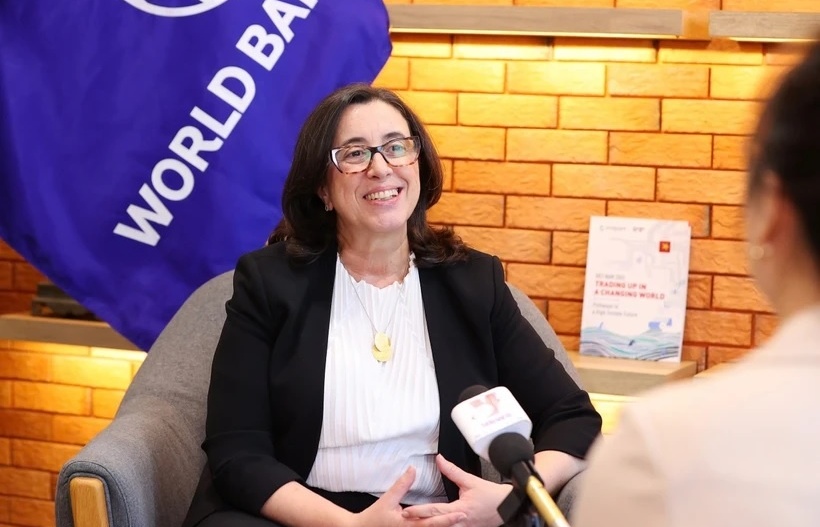

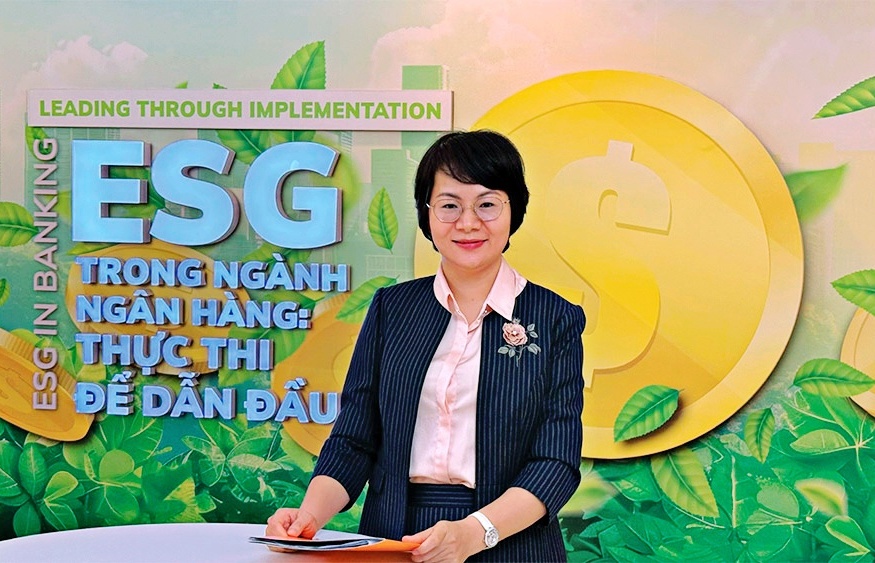





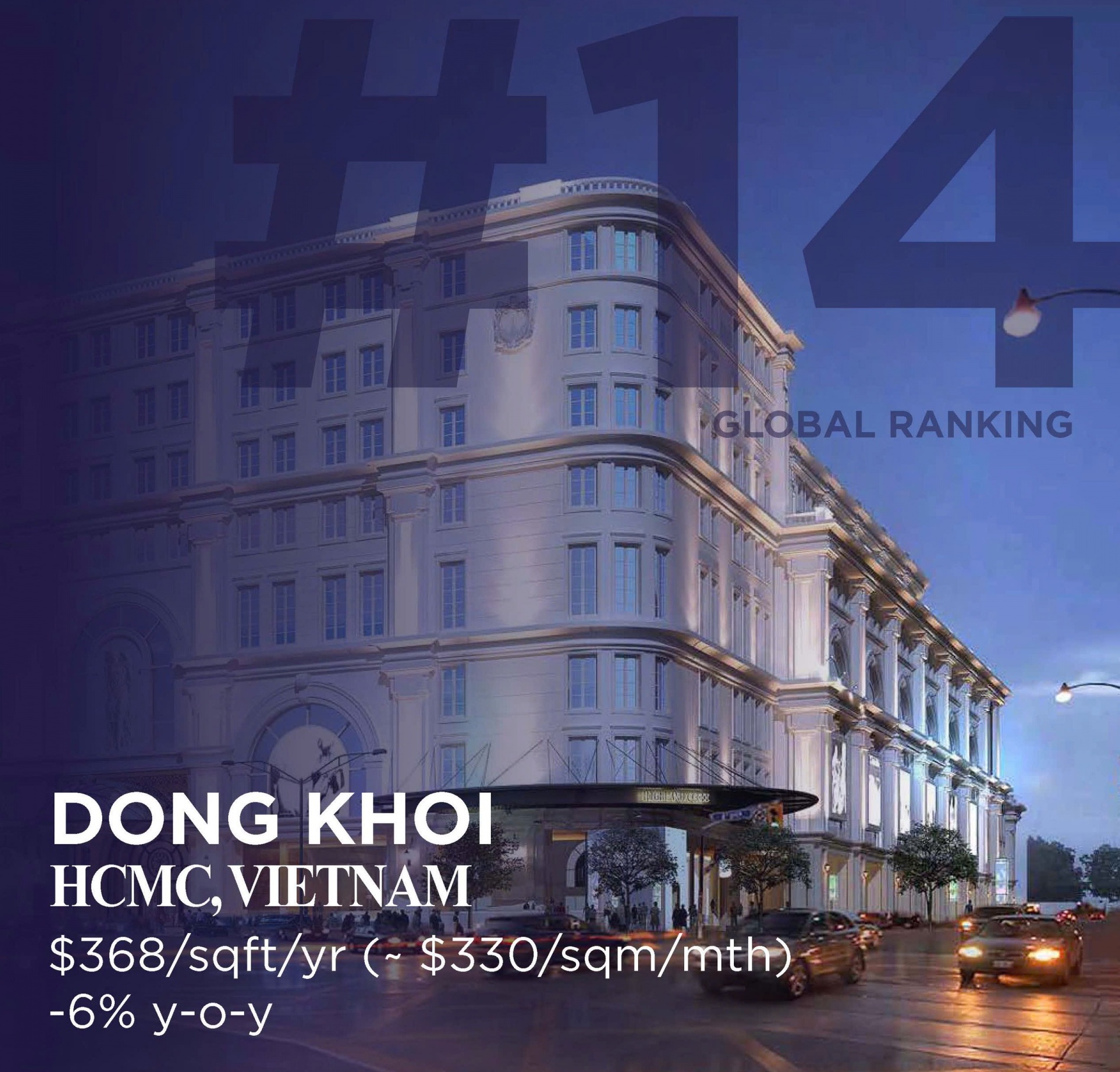
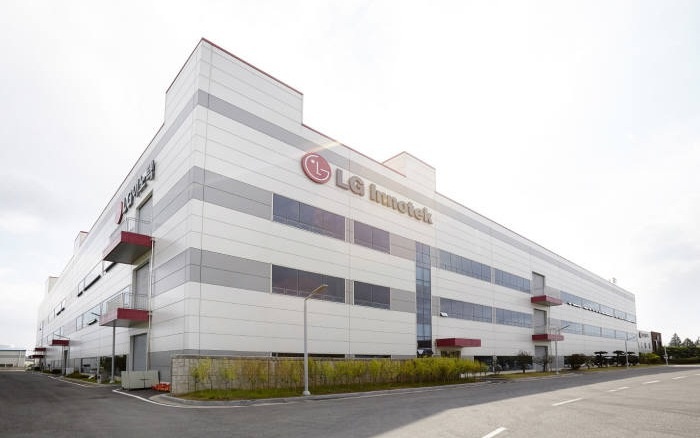

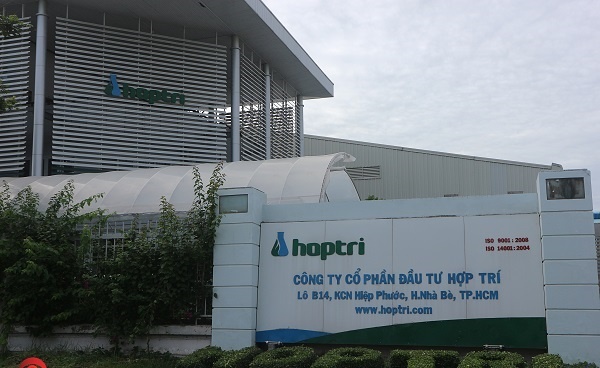



 Mobile Version
Mobile Version